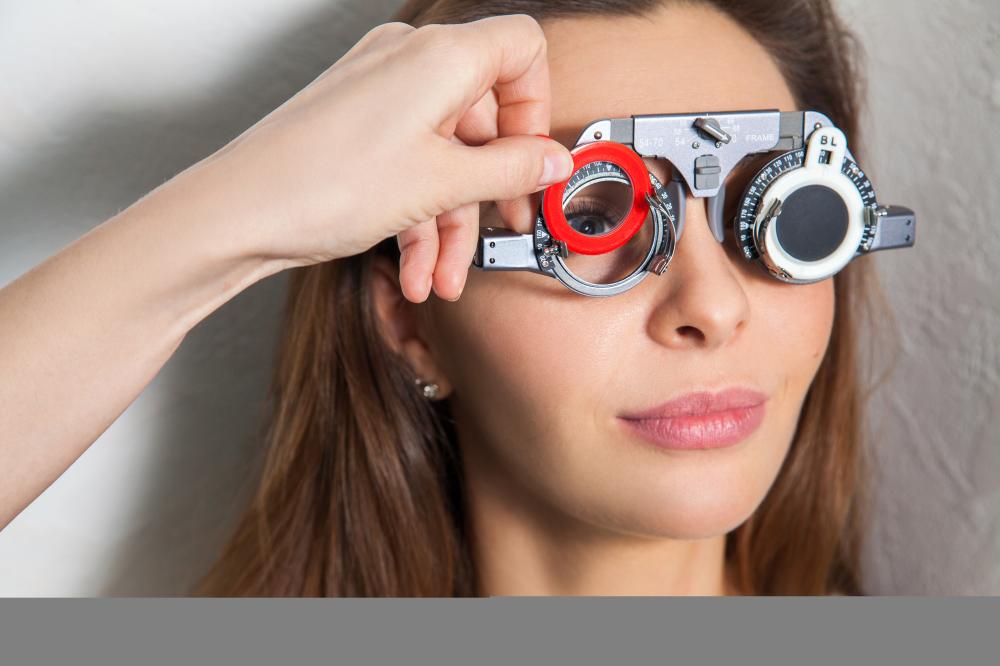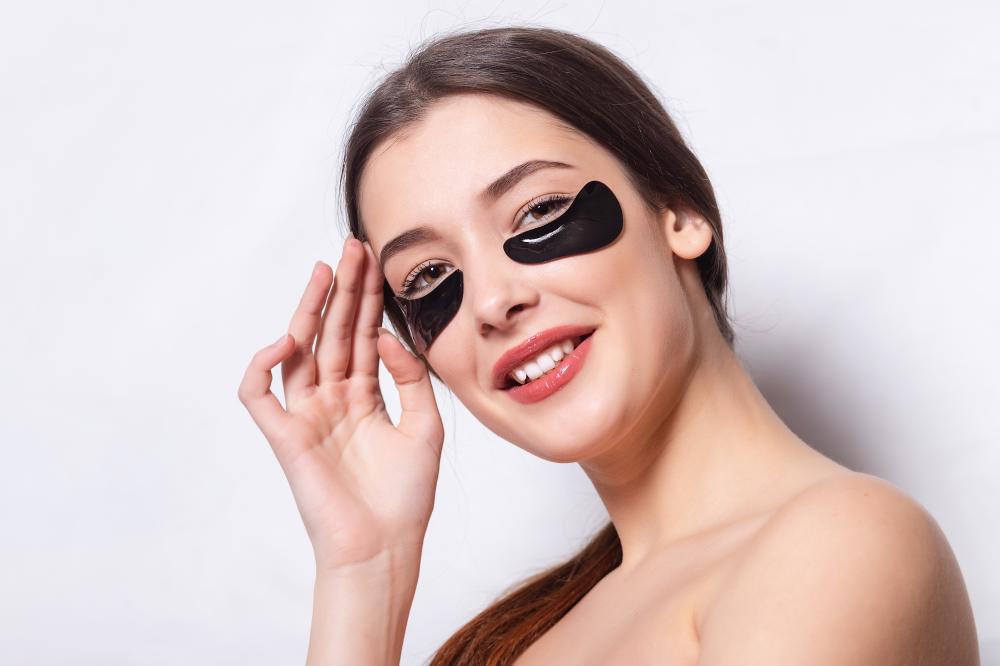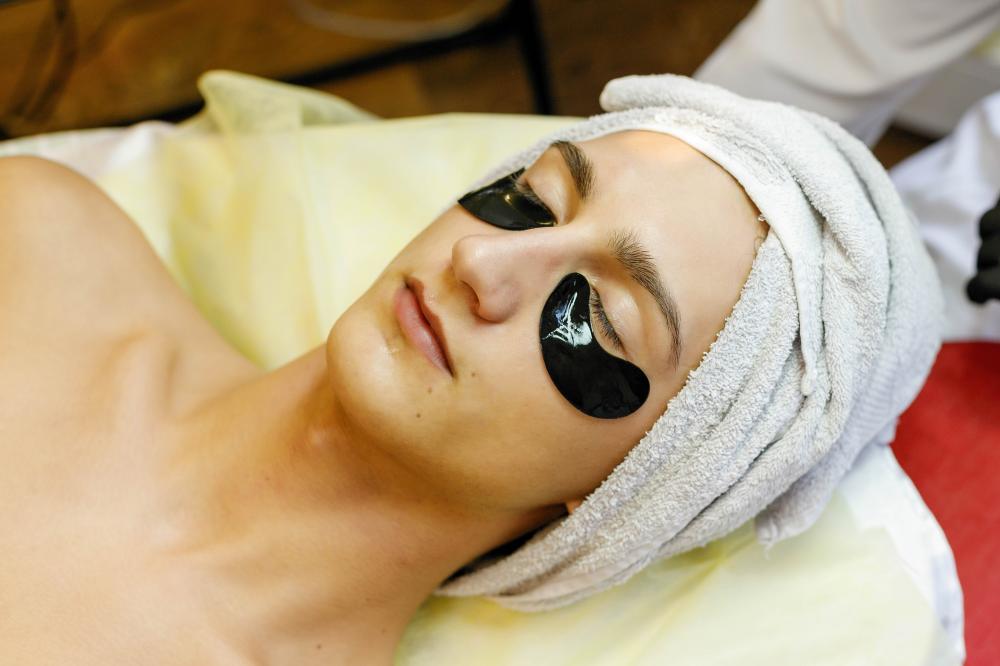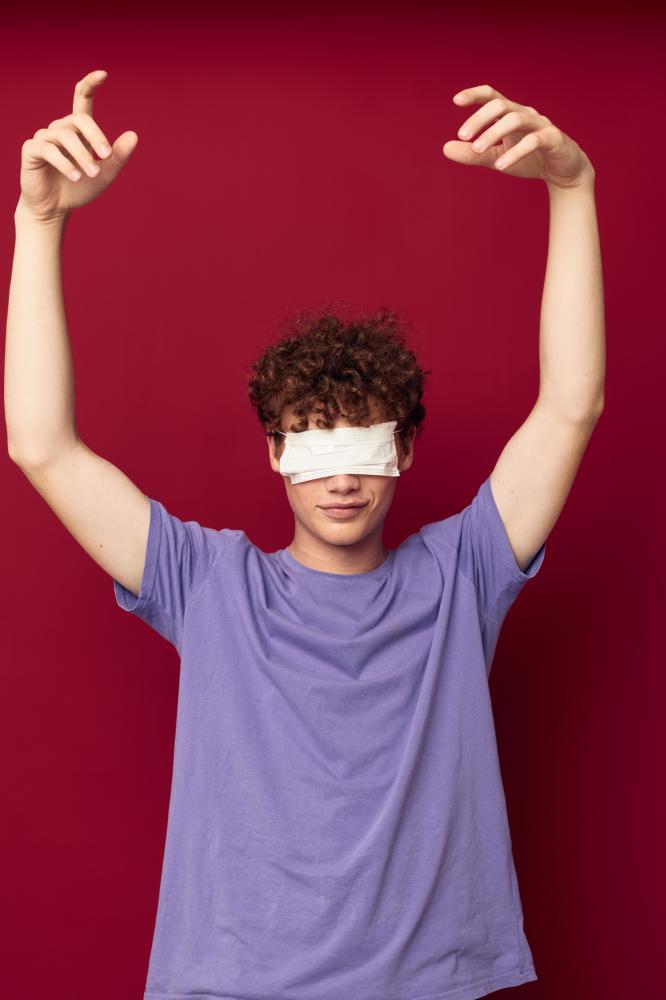 Table of Contents
Table of Contents
Unlocking Vision Potential: Eye Patch Therapy for Lazy Eye

Welcome to Fresnel Prism, where we believe in the transformative power of personalized optical solutions. In the realm of vision therapy, one of the most tried-and-true methods is eye patch therapy for lazy eye. Through this article, I’d like to share insights into how this treatment works, its various facets, and the experiences that make it a cornerstone of amblyopia management.
Understanding Lazy Eye
Amblyopia, commonly known as lazy eye, is more than just an eye that appears to deviate from focus; it’s a developmental vision impairment where one eye fails to achieve normal visual acuity, despite the use of prescription glasses or contact lenses. At Fresnel Prism, we encounter numerous individuals affected by this condition, seeking ways to improve their vision and quality of life.
The causes of lazy eye are varied, with factors such as strabismus (misaligned eyes), refractive errors (difference in vision sharpness between eyes), or even a physical obstruction like a cataract contributing to the condition. When the brain receives a blurry image from the weaker eye, it often favors the stronger eye, further reducing the weaker eye’s ability to function.
Patching the Way to Improved Vision
Eye patch therapy for lazy eye is a widely recognized method for treating this condition. The principle behind this therapy is straightforward: by covering the dominant eye with an eye patch, we encourage the brain to rely on the weaker eye, thus stimulating its use and enhancing its visual capabilities.
In my professional experience, I’ve seen this form of therapy drastically change the lives of many. Children and adults alike have shown significant improvements in their lazy eye’s vision after adhering to a diligently followed eye patch regimen.
Starting Early: The Critical Period
The golden rule with eye patch therapy for lazy eye is that earlier is better. The brain’s plasticity decreases as we age, making it more challenging to correct amblyopia. That said, recent studies have shown that even those past the so-called ‘critical period’ can reap benefits from this therapy, debunking the myth that there’s an absolute age limit to treating lazy eye.
Customizing the Approach
At our facility, we don’t believe in a one-size-fits-all solution. When it comes to eye patch therapy for lazy eye, each individual’s regimen is as unique as their vision. Some may require patching for just a few hours a day, while others might need it for longer durations, depending on the severity of their amblyopia.
The Human Touch
I recall a particularly touching case of a young girl, Sarah, whose parents were concerned about her reluctance to wear an eye patch. By customizing a patch with her favorite colors and characters, we turned her treatment into a more enjoyable experience. It’s this sort of personal touch that can make all the difference in the success of vision therapy.

Progress and Persistence
The journey to improving vision with eye patch therapy for lazy eye is not without its challenges. It requires patience, persistence, and a commitment to the treatment plan. But the rewards are well worth it, as I’ve witnessed first-hand the joy of patients who experience improved vision and, in turn, an enhanced quality of life.
Long-Term Gains
While the therapy process can be gradual, the long-term gains are substantial. Patients who may have struggled with depth perception or reading find themselves engaging in these activities with newfound ease. The key lies not just in the adherence to wearing the patch, but also in combining it with vision-stimulating activities that further encourage the use of the weaker eye.
Family and Social Support
It’s important to recognize the role of family and social support in the effectiveness of eye patch therapy for lazy eye. Encouragement from loved ones can make a significant impact on a patient’s motivation to continue with their treatment. It’s a collective effort to help individuals overcome their vision challenges.
Embracing Technology
At Fresnel Prism, we are continually exploring technological advancements to enhance eye patch therapy. Innovations such as digital tracking and gamified exercises are just some examples of how the integration of technology can redefine the therapy experience, making it more interactive and engaging.
Customized Solutions
Our commitment to innovation means that we also look beyond the traditional eye patch. We utilize our expertise in precision optics to develop customized solutions, such as specialized lenses, that can work synergistically with eye patch therapy to deliver optimal results.
Vision Beyond Therapy
As a vision care professional, my perspective on eye patch therapy for lazy eye extends beyond the mechanics of the treatment. It’s about empowering individuals to see the world more clearly and live their lives with greater fulfillment. Each success story is a testament to the potential that lies within even the weakest of eyes, waiting to be unlocked through dedication and the right approach to therapy.
Conclusion
In conclusion, eye patch therapy for lazy eye stands as a beacon of hope for countless individuals. Here at Fresnel Prism, we’re honored to be part of that journey, providing not just eye patches, but a vision for a brighter future. Our doors are always open to those seeking guidance and support on their path to improved vision. Embrace the path to visual freedom, and together, let’s explore the full spectrum of possibilities that eye patch therapy offers.

When is it too late to treat lazy eye?
At Fresnel Prism, we encourage early treatment for lazy eye, but we also understand that not every case is the same. It’s a common myth that there’s a strict age limit for treating amblyopia. While it’s true that the brain’s plasticity decreases with age, making early treatment more effective, there’s compelling evidence to suggest that improvements can be made at any age. We’ve seen patients well into their adult years who have experienced significant vision improvements with personalized eye patch therapy combined with vision-stimulating exercises. The key is to not be deterred by age and to consult with a vision care professional to explore the most suitable treatment options.
How long does it take to fix a lazy eye with an eye patch in adults?
The duration of eye patch therapy for correcting lazy eye in adults can vary widely based on several factors, including the severity of amblyopia, the patient’s visual goals, and their commitment to the therapy plan. As professionals at Fresnel Prism, we’ve observed that adults may need to adhere to a rigorous and prolonged patching regimen to see noticeable results, sometimes extending for several months to over a year. It’s a process that requires patience and dedication, but with consistent effort and the support of our tailored vision therapy programs, progress is achievable.
What is the most effective treatment for lazy eye?
The most effective treatment for lazy eye is often a comprehensive approach that may include eye patch therapy, corrective eyewear, and vision therapy exercises designed to enhance the visual acuity and binocular vision of the affected eye. At Fresnel Prism, we take pride in crafting a treatment strategy that considers the individual needs of each patient. Our customized solutions, such as specialized lenses, are developed alongside eye patch therapy to optimize the treatment outcome. What’s paramount is that the treatment plan is adhered to diligently and is monitored and adjusted as needed by a vision care specialist.
How do you train a lazy eye with an eye patch?
Training a lazy eye with an eye patch involves covering the stronger eye to compel the brain to use the weaker eye, thereby strengthening its visual capabilities. To enhance the effectiveness of the eye patch, we at Fresnel Prism advocate incorporating vision therapy exercises that can improve eye coordination and visual acuity. Such exercises might include tracking, focusing, and depth perception activities. Our patients are guided through a personalized therapy plan that can include playing video games designed for vision improvement, reading, or engaging in hand-eye coordination tasks–all through the perspective of the patched eye. The goal is to stimulate the lazy eye in a functional and engaging way that encourages neural development and visual improvement.
What can be done to overcome the challenges of staying motivated during eye patch therapy?
Staying motivated during eye patch therapy, especially for children, can be a significant challenge. At Fresnel Prism, we take a holistic approach where we involve the family and offer support throughout the treatment. We customize eye patches with fun designs, facilitate engaging vision therapy exercises, and use technology to track progress and make the process more interactive. For adults, setting clear goals, celebrating small victories, and integrating patching into daily routine activities can boost persistence. We’re committed to providing encouragement and adjusting the therapy plan to suit lifestyle needs while ensuring that each patient feels seen and supported during their journey to better vision.
How is technology enhancing the eye patch therapy experience?
Technology is revolutionizing how we approach eye patch therapy at Fresnel Prism. We’re exploring and integrating various digital tools, like vision therapy apps and virtual reality experiences, that make therapy sessions more engaging and enjoyable, particularly for younger patients. These technologies not only add an element of fun to the treatment process but also allow for the customization and tracking of visual exercises tailored to the needs of the individual. By embracing these advancements, we’re able to create a more interactive and effective therapy experience that can lead to better compliance and outcomes for our patients.
Helpful Resources on Eye Patch Therapy for Lazy Eye
- National Eye Institute (NEI): Provides comprehensive information on amblyopia, treatment options, and ongoing research. NEI – Amblyopia (Lazy Eye)
- American Academy of Ophthalmology (AAO): Offers resources on eye health, including detailed articles on lazy eye and the role of eye patch therapy. AAO – Amblyopia (Lazy Eye)
- Prevent Blindness: A patient advocacy organization that provides information on various eye conditions, including lazy eye, and the importance of early detection and treatment. Prevent Blindness – Amblyopia (Lazy Eye)
- American Optometric Association (AOA): Offers information on vision therapy methods for amblyopia, including how eye patch therapy can be used effectively. AOA – Amblyopia (Lazy Eye)
- CDC – Vision Health Initiative (VHI): The Centers for Disease Control and Prevention’s VHI provides information on the public health perspective of eye health, including data on vision impairment and preventive strategies. CDC – Vision Health Basics
- Mayo Clinic: Offers a comprehensive overview of symptoms, causes, and treatment options for lazy eye. Mayo Clinic – Lazy Eye
- MedlinePlus: A resource from the U.S. National Library of Medicine providing abundant health information, including an overview of lazy eye. MedlinePlus – Amblyopia
